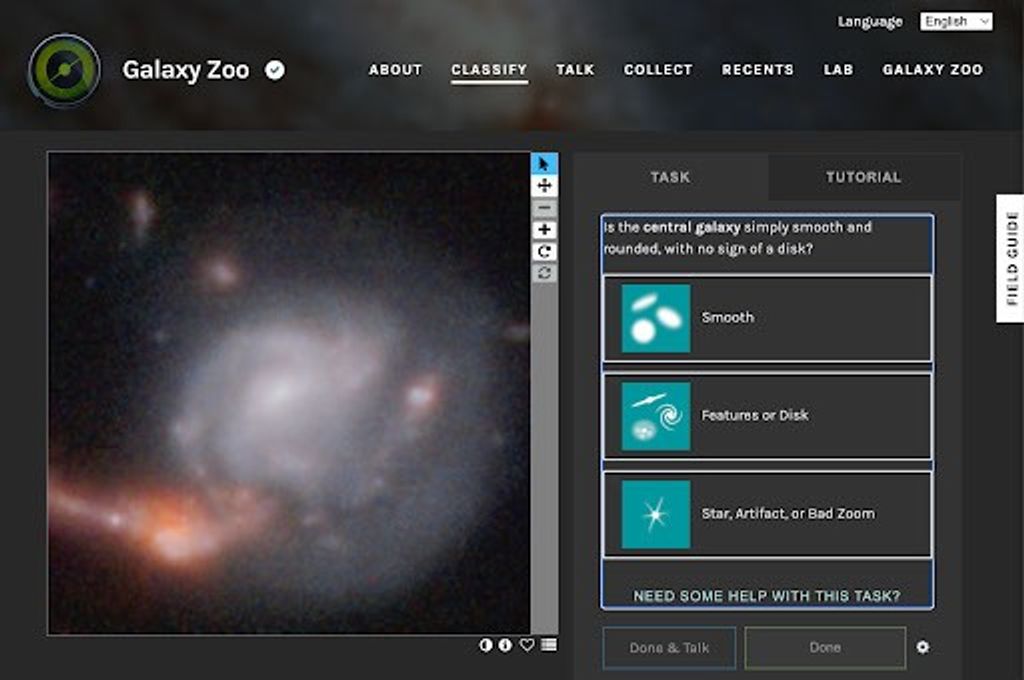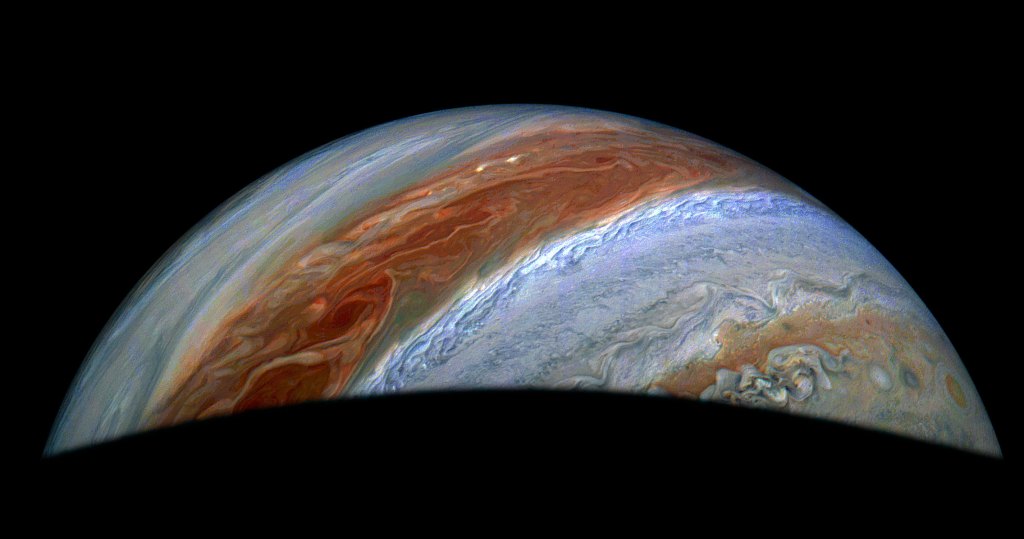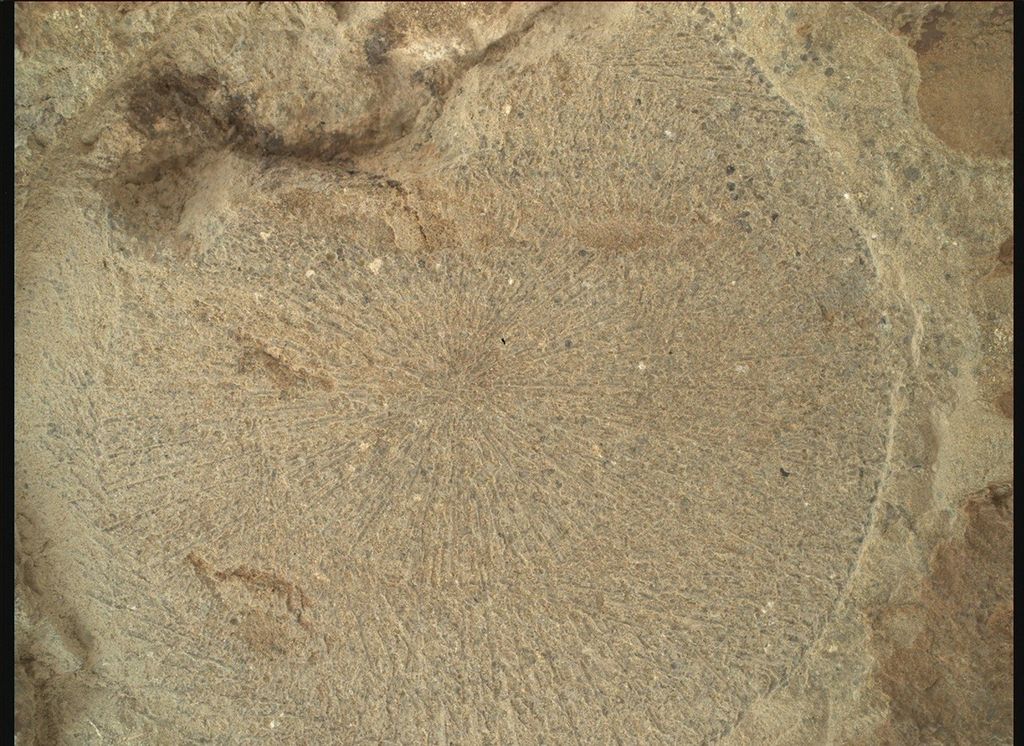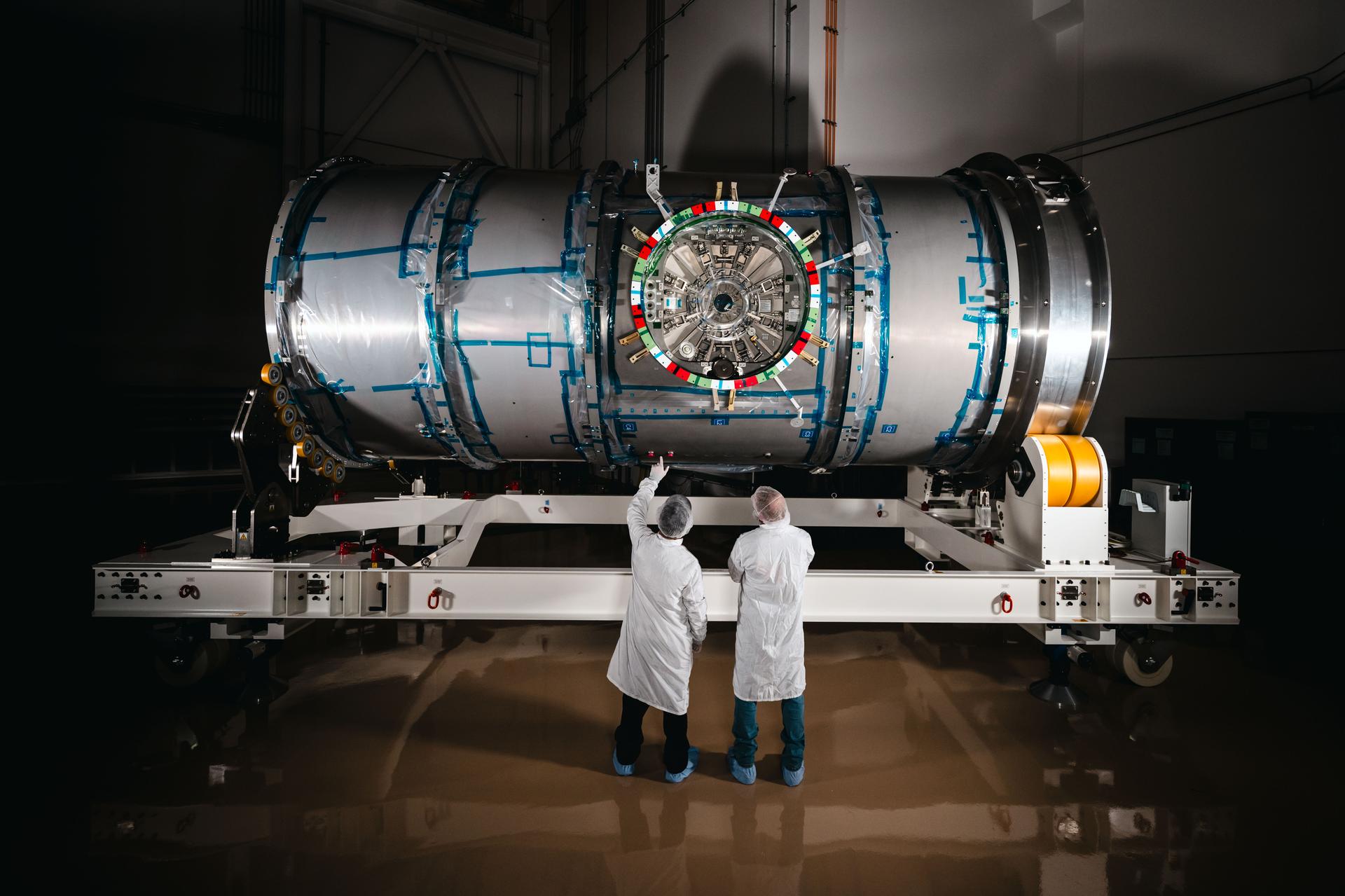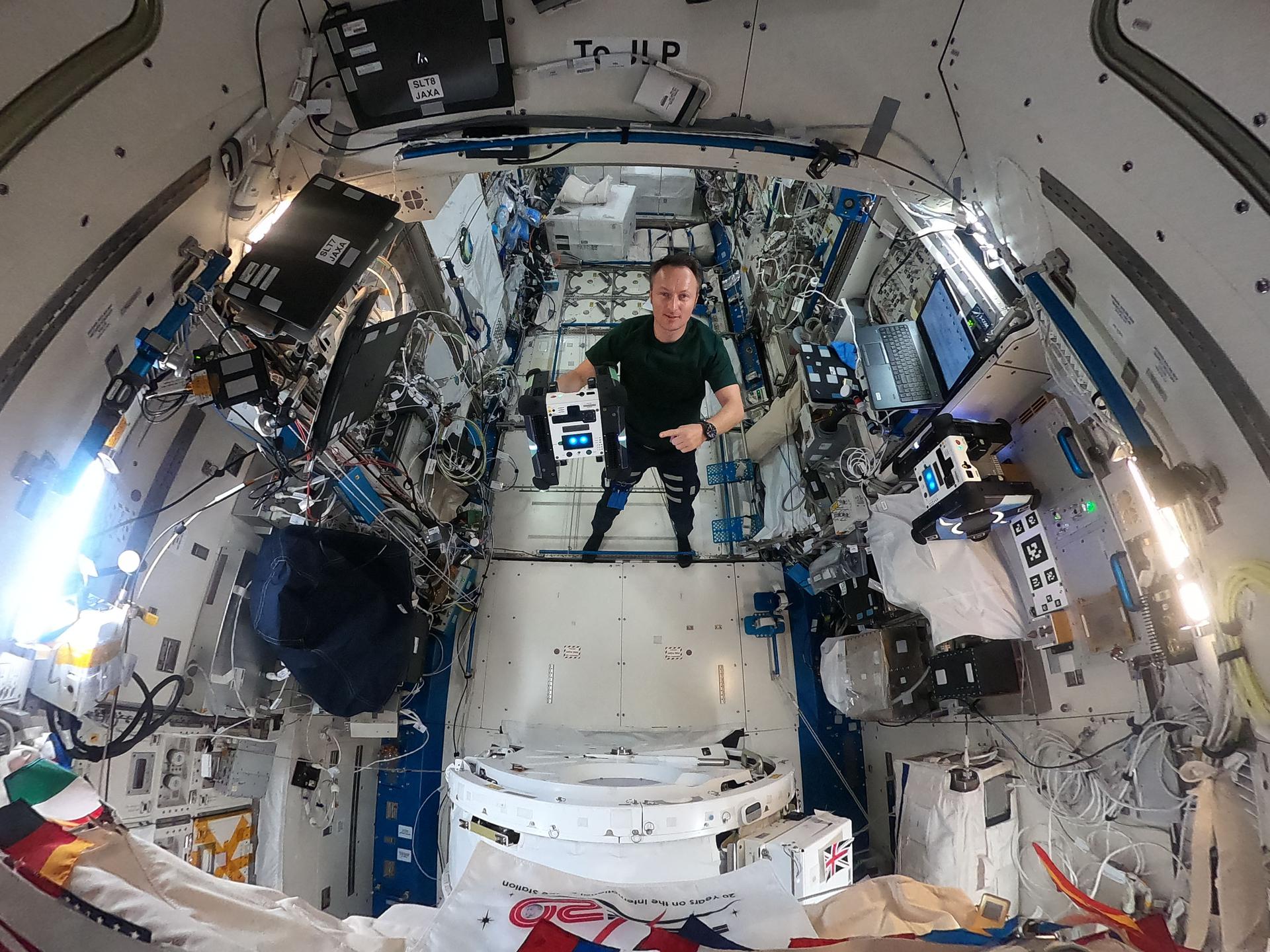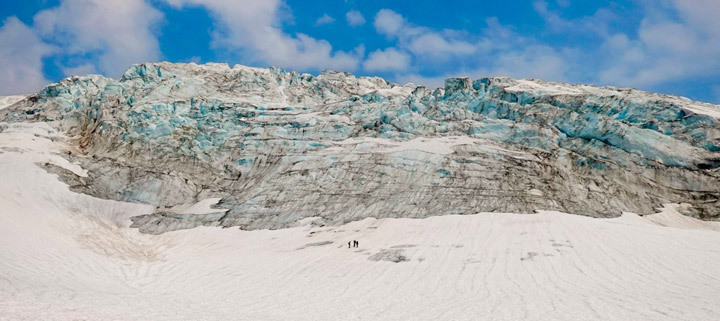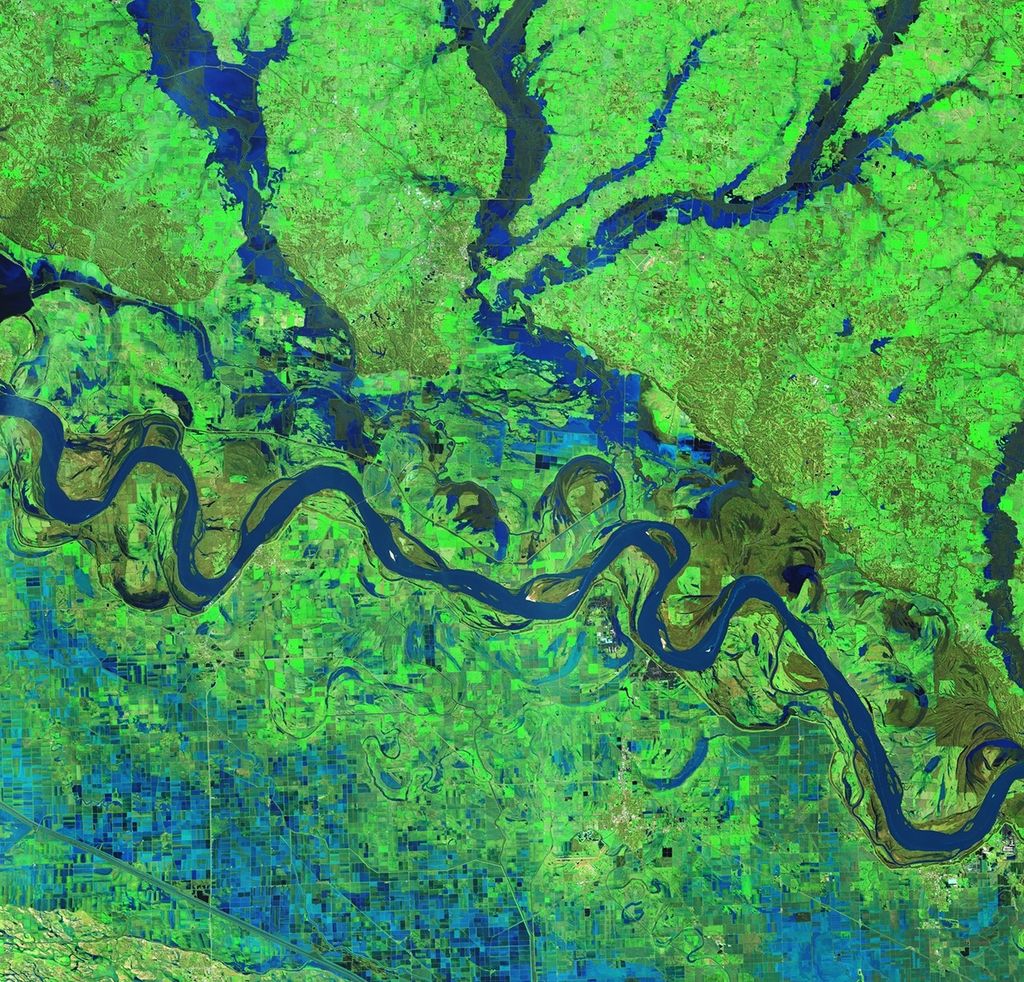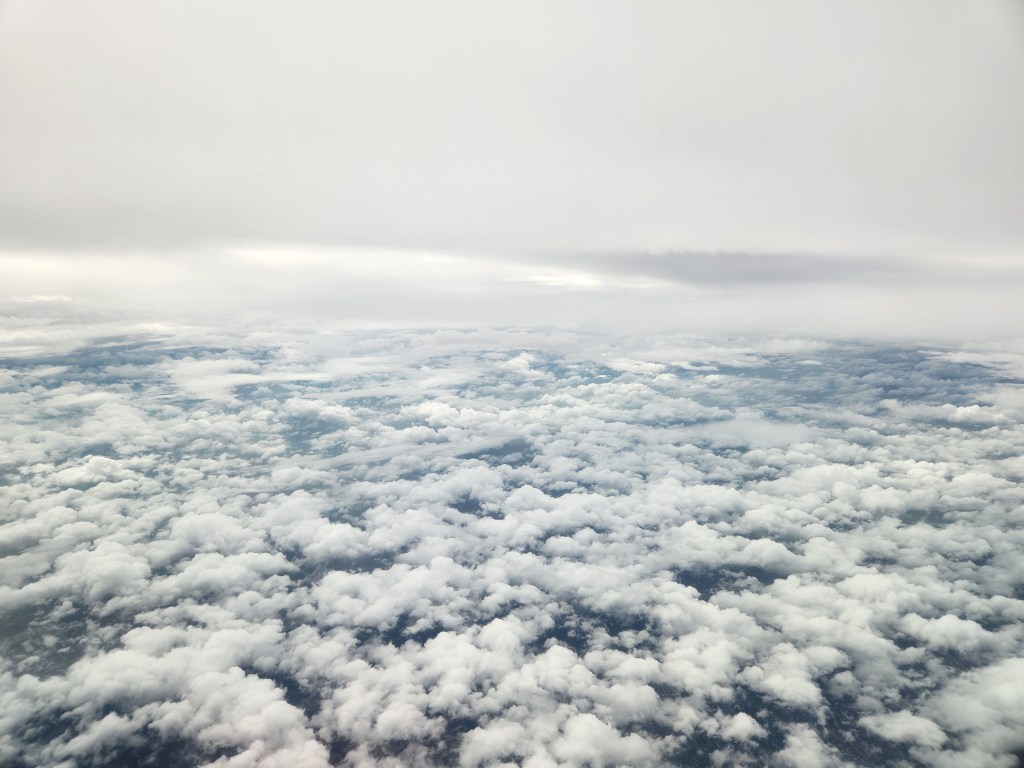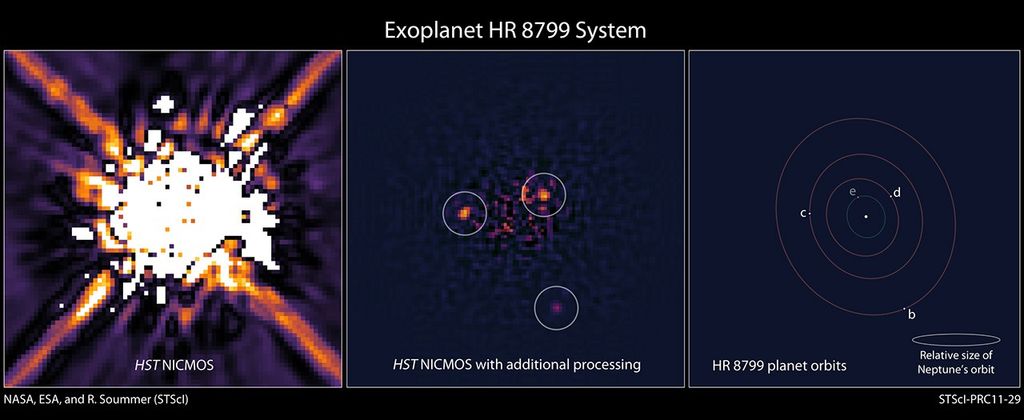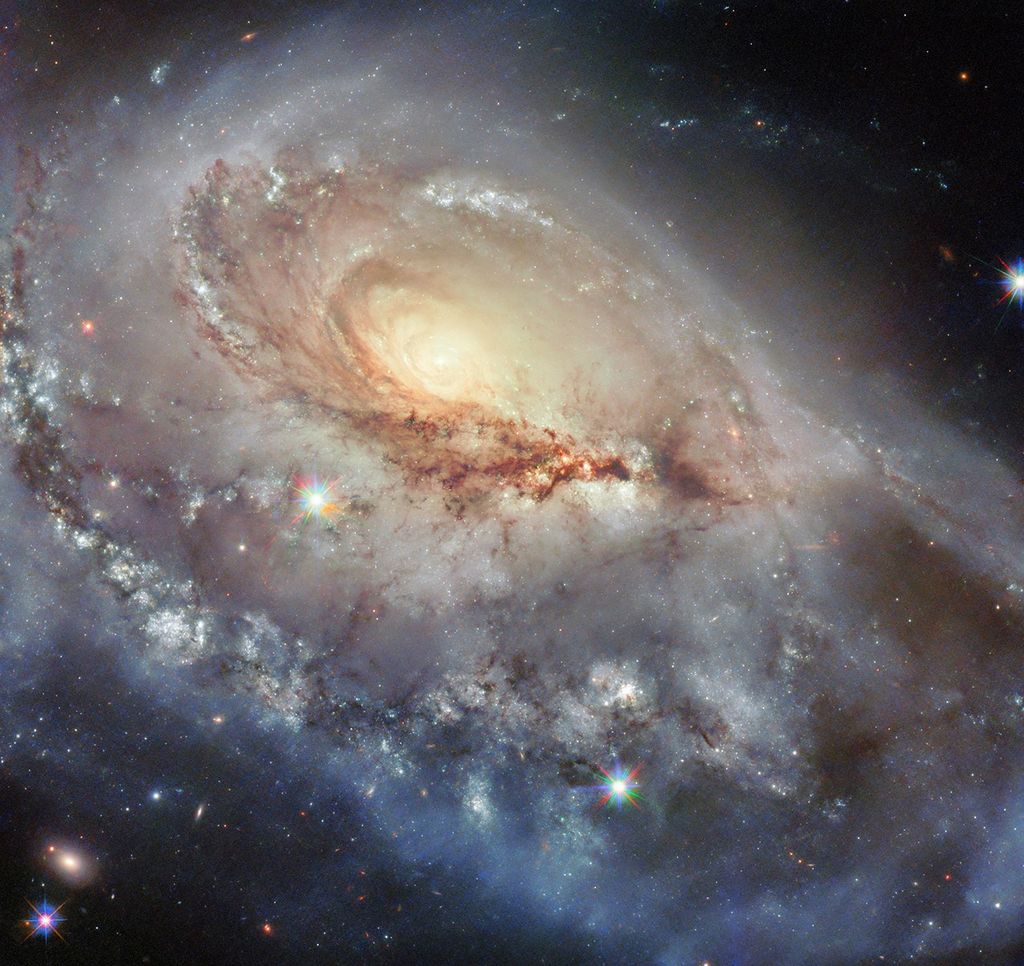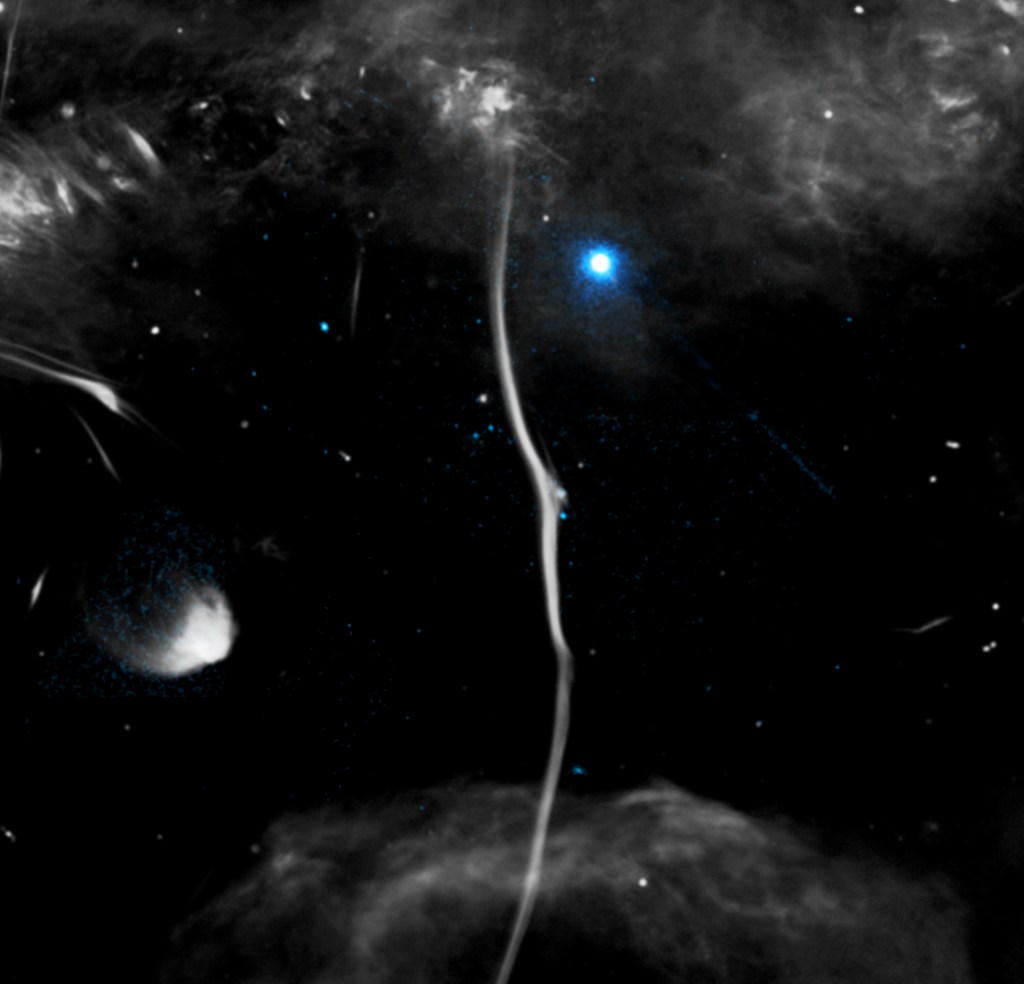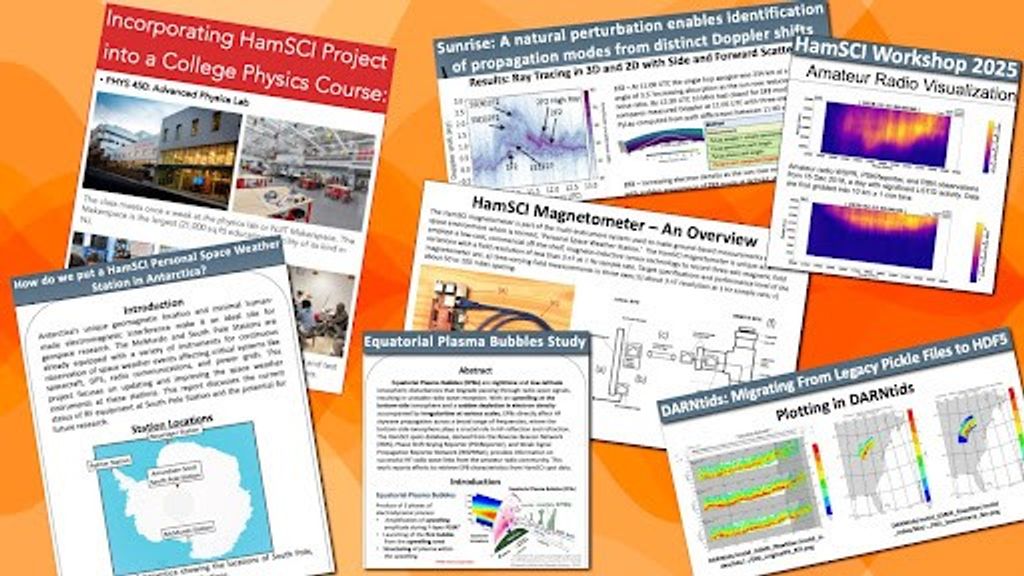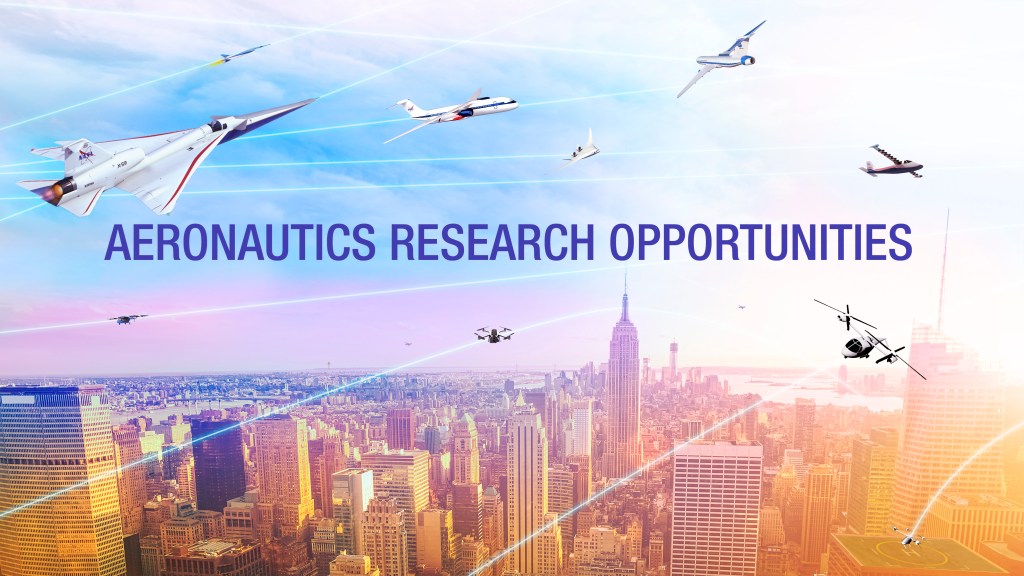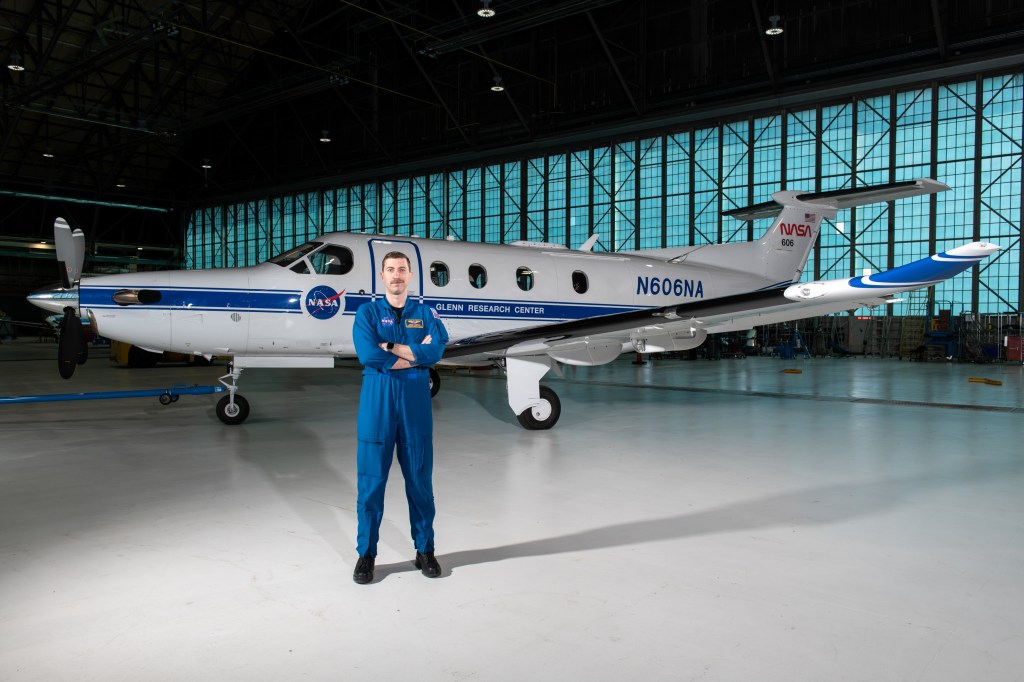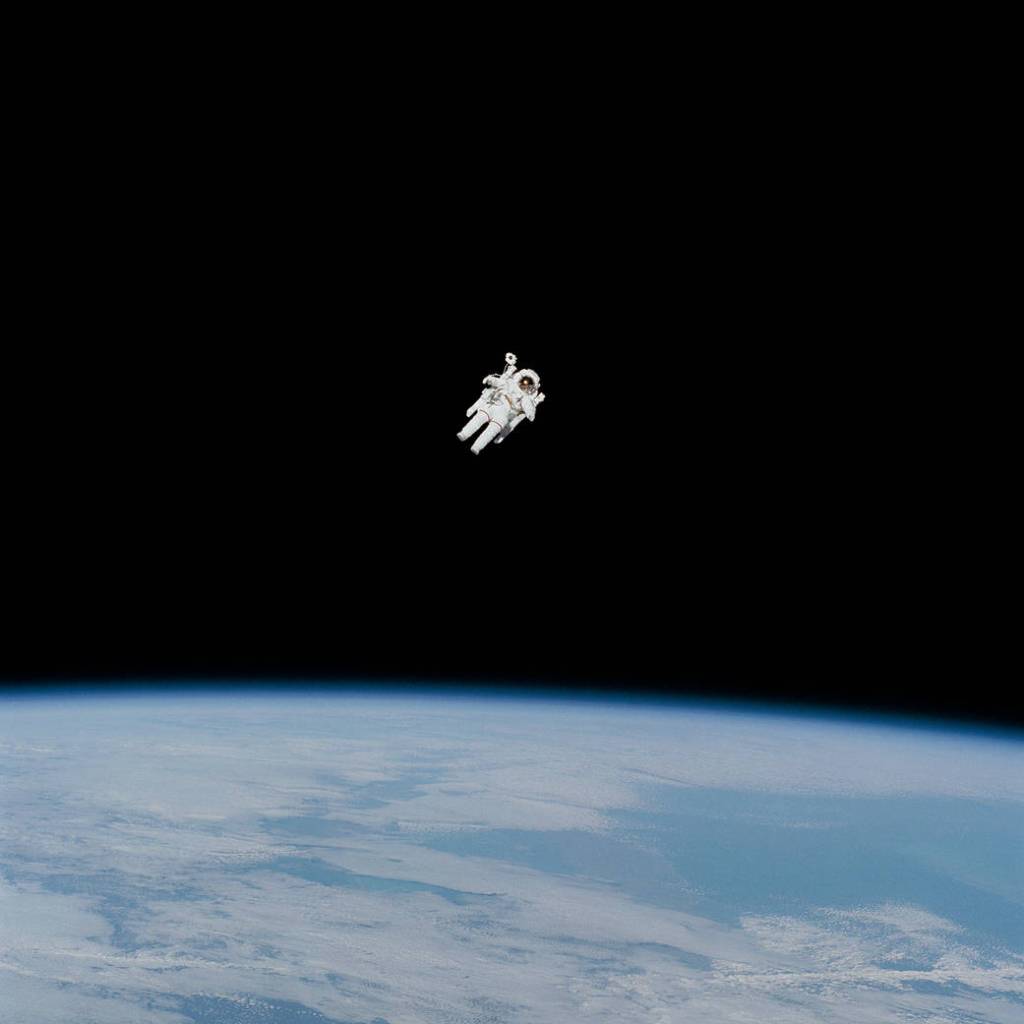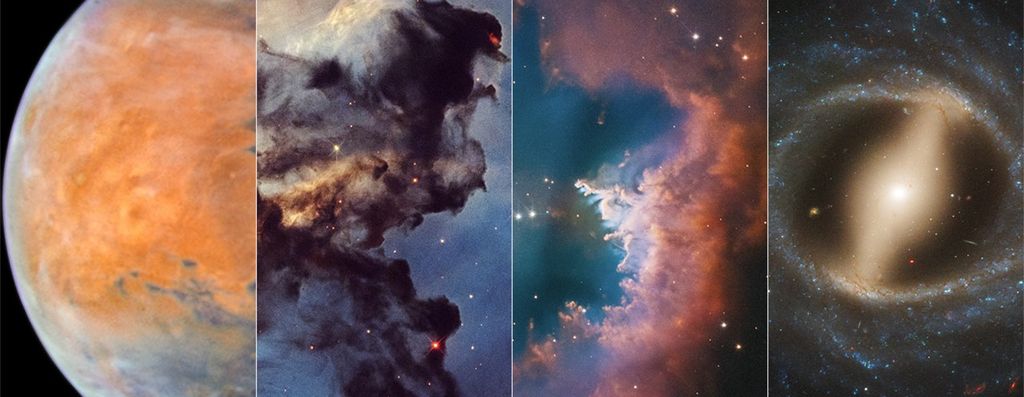Gravity has its ups and downs, especially when it comes to mobility. Astronauts rely on restraint and mobility aid systems to ensure their safety while completing tasks both in space and during training on Earth. NASA’s plans to send humans back to the Moon under the Artemis program and eventually on to Mars will require astronauts to work in multiple gravity environments. To make things simpler, NASA is developing a common system that can apply to any gravity field from here to Mars. And the agency is calling on the public to help.
The Common Restraints and Mobility Aid System for Multiple Gravity Environments challenge is seeking designs for a restraints and mobility aid system that can work in four gravity environments. These include 0 g, 1/6 g (Moon), 3/8 g (Mars), and 1 g (Earth). Astronauts working in microgravity often need the assistance of handrails, foot holds, and work area restraints. When they’re training on Earth, they might need safety railings, steps, or ladders. A common system would help bolster astronauts’ mobility when moving around different environments.
“This project requires a high degree of creativity and innovation to develop a common system for all four of these gravity environments,” said Robert Howard, a leader of the Center for Design and Space Architecture at NASA’s Johnson Space Center in Houston. “That’s why we’re seeking solutions from the public. They might have out-of-the-box ideas that could lead to a helpful solution.”
The challenge is part of NASA’s Common Habitat efforts, an exploratory design study seeking to develop a single habitat that could function on the Moon, Mars, Earth, and in microgravity. Properly designed and placed mobility aid systems are key components of the Common Habitat because they would enable the crew to live and work effectively in multiple gravity environments while ensuring safety.
“The advantage of having one common design is that it can provide reductions in cost and time,” Howard said. “Developing highly capable habitats unique to each environment would increase the time needed to prepare for NASA’s missions to the Moon and Mars, and require more resources. It also gives astronauts a better familiarity of their living and working environments when their habitats share a single, optimized design.”
The challenge is accepting submissions through Aug. 17, 2020. A total of $7,000 will be awarded to the top five ideas. For more information about this challenge and how to enter, please visit: https://grabcad.com/challenges/nasa-challenge-a-common-restraint-and-mobility-aid-system-for-multiple-gravity-environments.
The NASA Tournament Lab, part of the Prizes and Challenges program in the Space Technology Mission Directorate, manages the challenge. The program supports the use of public competitions and crowdsourcing as tools to advance NASA research and development and other mission needs.
Learn more about opportunities to participate in your space program via NASA prizes and challenges:
NASA’s Artemis program includes sending a suite of new science instruments and technology demonstrations to study the Moon, landing the first woman and next man on the lunar surface by 2024, and establishing a sustained presence later in the decade. The agency will leverage its Artemis experience and technologies to prepare for the next giant leap – sending astronauts to Mars.

